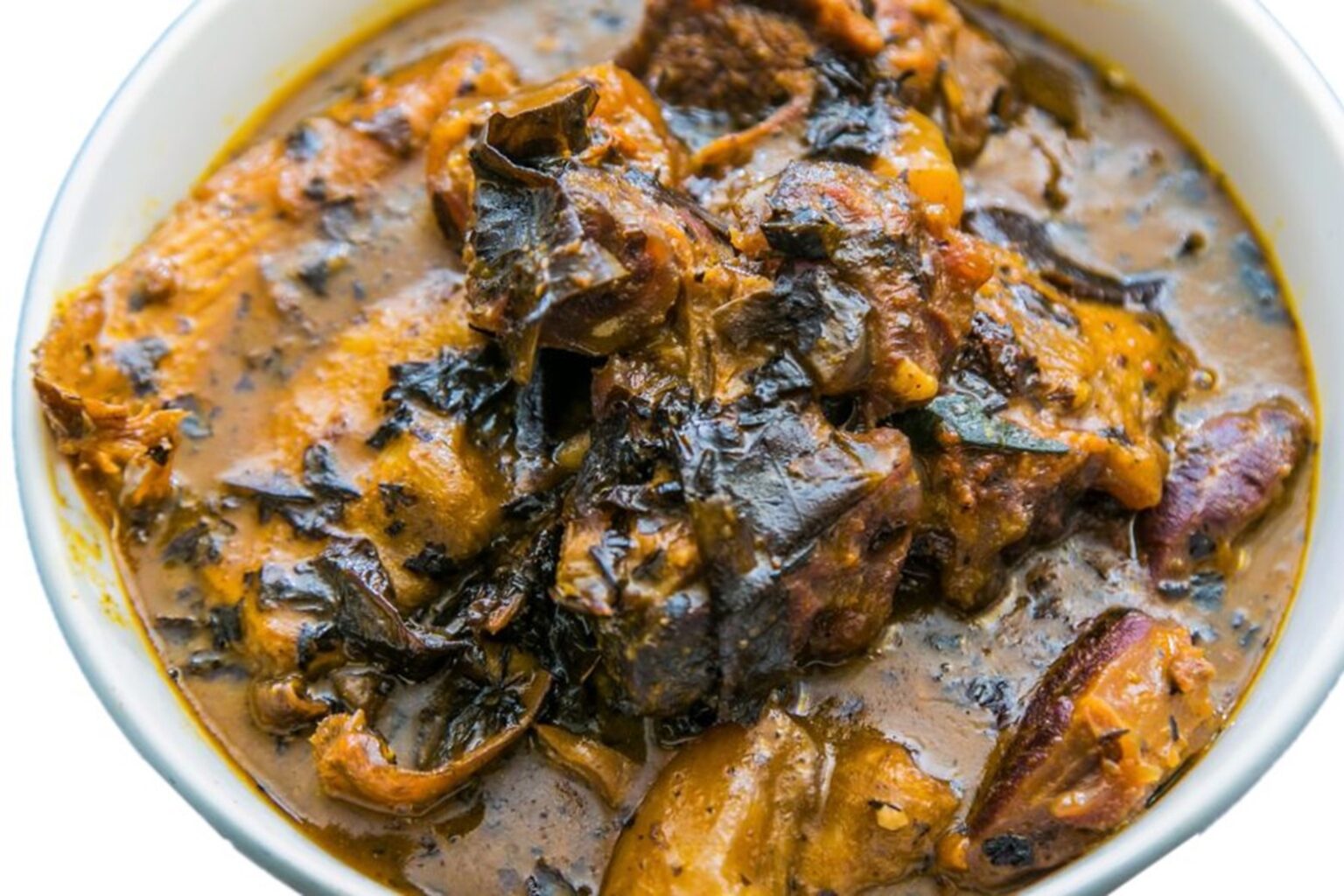Nigeria, with its rich culinary traditions, offers a wide array of delectable dishes that delight the taste buds. One such dish is Oha soup, a traditional Nigerian soup known for its comforting flavors and the prominent use of oha leaves. With its unique combination of ingredients and the hearty warmth it provides, Oha soup has become a beloved and cherished part of Nigerian cuisine.
Oha soup originates from the Igbo people of Nigeria and is particularly popular in the eastern regions of the country. It is often enjoyed with a side of fufu, a traditional Nigerian staple made from cassava, yam, or plantain. Oha soup is made with a variety of ingredients, but the star of the dish is undoubtedly the oha leaves, which give the soup its distinct flavor and aroma.
Oha leaves, also known as ora leaves, are dark green and have a slightly bitter taste. They are highly nutritious and rich in vitamins A, C, and K, as well as minerals like calcium and iron. These leaves are a key component of Oha soup and are responsible for its unique and delightful flavor.
To prepare Oha soup, start by gathering the necessary ingredients, which typically include oha leaves, assorted meats (such as beef, goat meat, or chicken), stockfish, dry fish, crayfish, palm oil, onions, and various spices. The meats and fish are typically seasoned and cooked until tender, while the stockfish is soaked to soften it before use. The crayfish is ground to a fine powder, adding a depth of flavor to the soup.
Once the meats and fish are cooked, palm oil is heated in a pot and chopped onions are added to sauté until translucent. The seasoned meats and fish are then added to the pot, followed by the ground crayfish. The mixture is stirred to ensure that the flavors meld together.
Next, the oha leaves are added to the pot. The leaves are usually shredded or thinly sliced before being added to the soup. The bitterness of the leaves is mellowed by the cooking process and blends harmoniously with the other ingredients, creating a balance of flavors. The soup is then left to simmer for a short while to allow the oha leaves to infuse their essence into the broth.
The final touch to the Oha soup is the addition of other aromatic ingredients such as utazi leaves and ogiri (a traditional Nigerian seasoning made from fermented oilseeds). These ingredients enhance the overall flavor profile and provide a pleasant aroma that fills the kitchen.
The result is a rich and flavorful soup with a satisfying depth. The combination of tender meats, aromatic spices, and the distinct taste of oha leaves creates a comforting and nourishing dish that warms the soul. The soup’s texture is typically thickened by the palm oil and the oha leaves, giving it a hearty and satisfying consistency.
Oha soup not only offers a delightful culinary experience but also provides several health benefits. The oha leaves are packed with nutrients and contribute to overall well-being. Additionally, the inclusion of lean meats and fish adds protein to the dish, while the palm oil offers a source of healthy fats.
Nigerian Oha soup is a testament to the rich cultural heritage and diverse flavors found in Nigerian cuisine. Its comforting taste and the unique flavor of oha leaves make it a standout dish. So, if you’re in search of a leafy delight that will transport you to the heart of Nigeria, give Oha soup a try and savor the warm and comforting flavors it has to offer.








